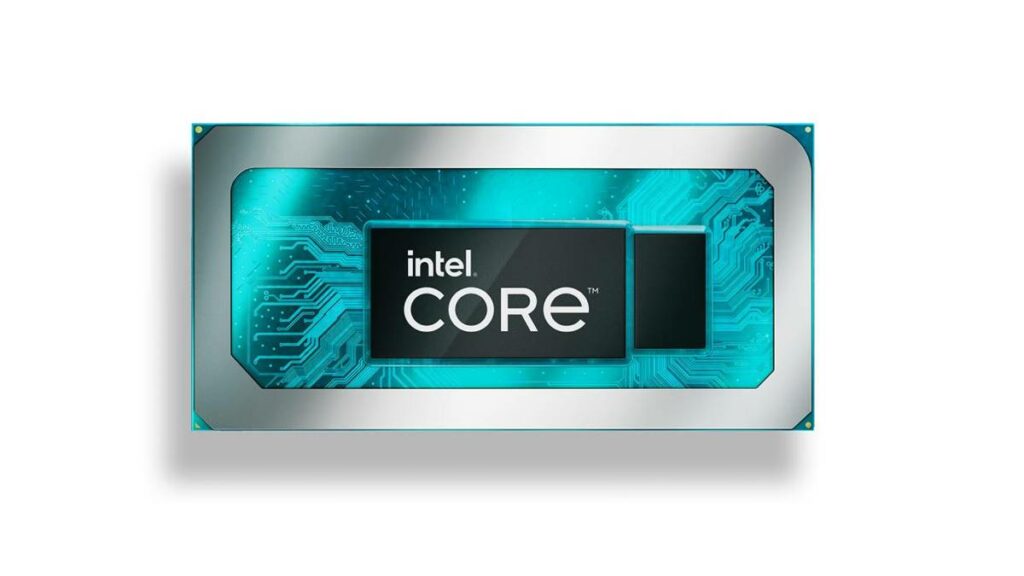Intel has officially announced its 12th Gen Alder Lake CPU family aimed at slim and light laptops for mainstream users. According to the details, Intel has announced two new ranges of CPUs in the 12th Gen Alder Lake CPU family for slim and light laptops after launching the current generation with desktop CPUs last year and unveiling high-end gaming laptop CPUs at the CES in January.

The 12th Gen Alder Lake CPUs combines the heterogenous X86 P-cores and E-cores (for power and efficiency) for the laptop mass market along with Intel Xe Graphics. According to the company, there will be over 250 laptop models launched in 2022 with these CPUs.
These will include 2-in-1s, detachable, and devices with foldable screens such as the Asus ZenBook 17 Fold, which was also announced at CES in January. The performance of these laptops will be greatly improved in workloads that benefit from high core and thread counts, including 3D rendering, photo editing, and general productivity while multitasking.
It bears mentioning that the P-series of the 12th Gen Intel Alder Lake is a new designation within the company’s hierarchy and these CPUs will address the 28W “enthusiast thin-and-light” segment. There are six models already announced for the Core i3, Core i5, and Core i7 tiers.
The rise in the thread count of these CPUs is said to deliver vastly improved performance and productivity. The Intel Core i3-1220P has two P-cores with Hyper Threading and eight E-cores, the total count goes up to six P-cores and eight E-cores on the top-end Core i7-1280P.
Furthermore, the refreshed U-series will be available in two different package sizes to address the 9W segment for the extremely portable devices and 15W TDP for everyday users. The company is introducing seven new models in each category, ranging from Celeron (one P-core, four E-cores with no Hyper-Threading) to Core i7 (two P-cores, eight E-Cores, 12 total threads).
Intel says its latest CPUs use the same Thread Director feature as the currently available 12th Gen CPUs and this helps assign workloads dynamically between P-cores and E-cores based on power and performance requirements, and is integrated into Windows 11. Moreover, Windows 10 is also compatible with the feature, however, the OS is not as optimized for the heterogenous core architecture.
Read more: Intel Delays Arc Desktop GPUs to Q2 2022.
Follow INCPAK on Facebook / Twitter / Instagram for updates.

















